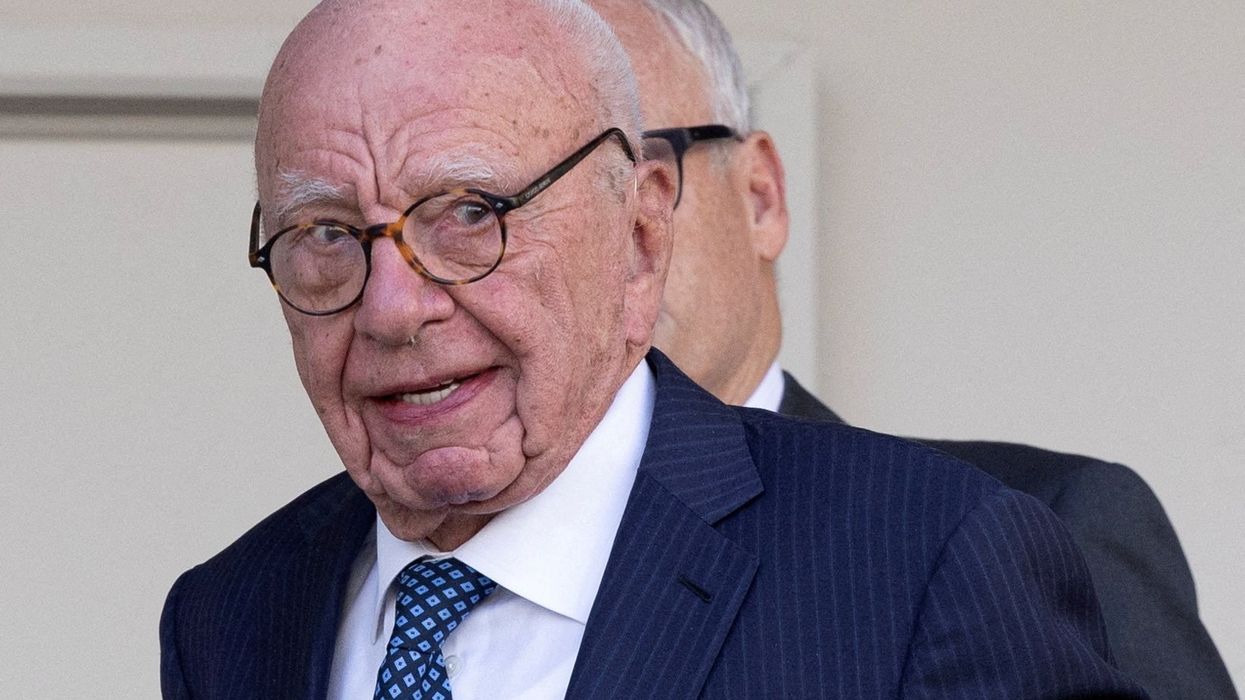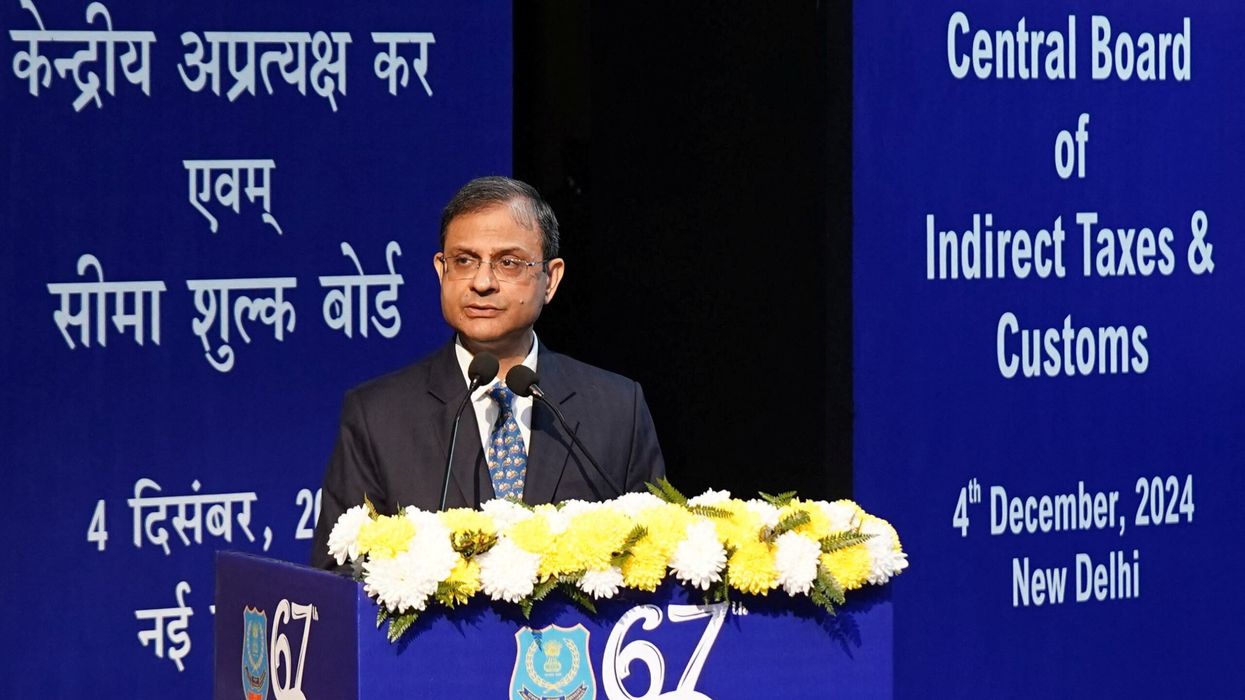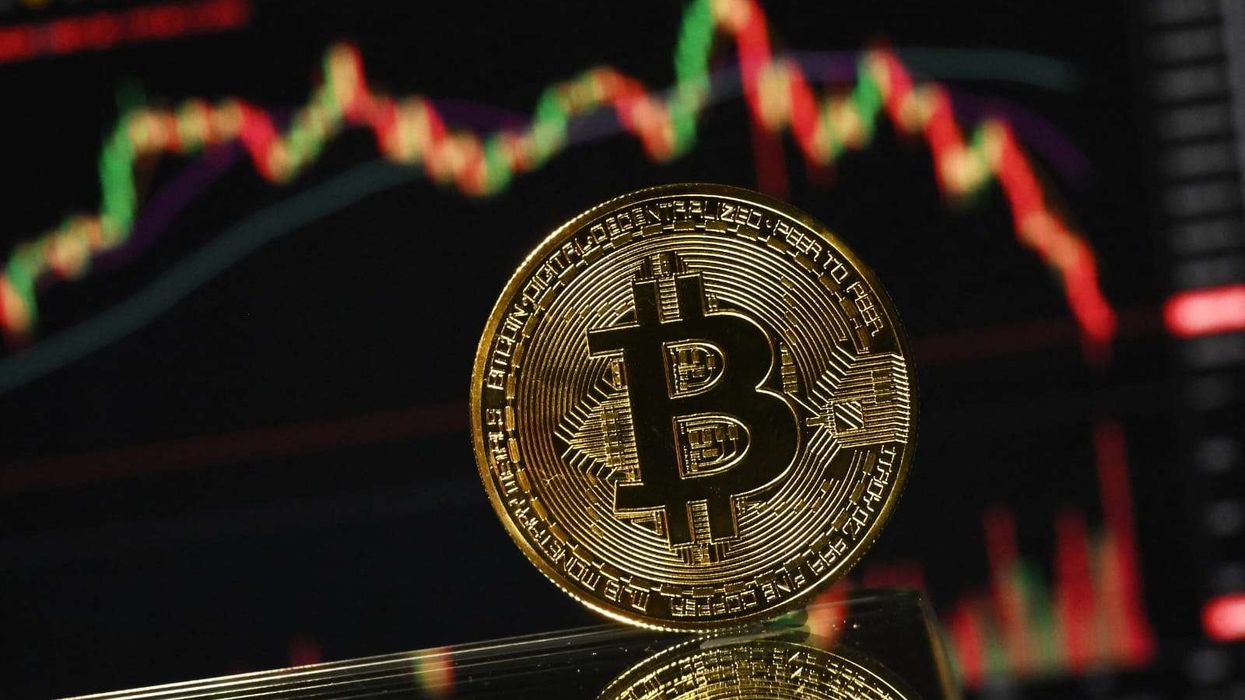Working and earning on your own terms brings a multitude of benefits. If you are self-employed, you might often need a loan to start your business or boost its growth. A lender approves a loan, only if you have the capability to repay it. A loan for self-employed differs from traditional loans due to their type of earnings and perceived risks associated with variable income sources.
However, when it comes to securing a loan, you may face multiple challenges. This is because lenders require additional documentation and assess your income stability before approving a loan.
If you find difficulty with financial assistance in seeking a personal loan for self-employed, worry not! We are here with this guide to help you navigate these loans and unlock the funding you need for your personal or professional financial needs.
Difference between Loans for Self-Employed and Salaried Professionals
A loan for self-employed differs from a loan for salaried individuals based on the following factors:
- Income documentation
Income documentation is one of the primary factors differentiating a loan for self-employed over salaried individuals. This document is required to verify the income and its source. If you are self-employed, you may need to present documents that reflect profit-and-loss statements, income tax returns, bank statements, and others to prove the legitimacy of your income.
- Income stability
Since self-employed individuals often experience fluctuations in their income due to the nature of their work, it becomes a crucial factor for lenders to consider before loan approval.
A loan for self-employed is different based on the income trends, consistency, and likelihood of upcoming earnings.
- Risk perception
Usually, there is a perception that you may have a higher risk of financial stability due to multiple income sources and potential business volatility. You can overcome this through your consistent income track to seek a loan for self-employed.
Ways to Navigate a Loan for Self-Employed
If there are so many complexities in seeking a loan for self-employed, how will you navigate them? Worry not! We have listed some of the ways here:
- Understand the difference
Before applying for a loan for self-employed, gain insights into the factors that may influence your loan approval process. Find out the factors that affect your loan approval. Gathering crucial information allows you to streamline your document to present them effectively.
- Build a strong financial profile
Lenders analyse your profile and look for evidence that supports your financial stability. If you need to apply for a loan for self-employed, organise your financial statements like bank statements or tax returns. This helps you build a good credit score that improves your chances of taking advantage of a loan for self-employed.
- Showcase income stability
If you have trouble seeking a loan for self-employed, income stability is one of the most crucial factors that lenders rely on. So, showcase long-term relationships with your clients. This instils confidence among the lenders to rely on you and approve your loan immediately.
- Optimise documentation
Documentation is an important aspect of any loan. Present comprehensive and accurate documentation to support your income claims. Arrange all the documentation with credible income sources to show your earning consistency. This fuels trust among the lenders for your loan approval.
- Improve loan eligibility
To secure a loan for self-employed, a few tactics may help you a lot. Lenders analyse your debt-to-income ratio and your potential to repay it on time. If you have any debt obligations, ensure to clear, or reduce them before applying for a self-employed loan. Paying off high-interest rates or consolidating loans helps you free up more funds for repayment. This improves your chances of getting a loan for self-employed.
- Work with specialised lenders
For a hassle-free process of approval on a loan for self-employed, collaborate with specialised lenders. They help you effectively meet your financial needs. Some lenders understand your financial situation and offer flexible options for funding opportunities.
- Compare multiple options
When you get an offer, explore more lenders or loan options that best cater to your financial needs. It is wise to consider better loan options with interest rates, repayment terms, and easy monthly payments. This adds to your convenience of repaying it .
Summing Up
Sometimes, securing a loan for a self-employed individual can be daunting. Whether you need to scale up your business, are willing to pursue higher education, or have personal financial emergencies, a loan bridges this financial gap.
However, there are instances where you witness many difficulties in getting your loan approved. These loans are different from traditional loans in terms of documentation, income sources, and risk perception. Optimising your documents and building a credible financial profile and credit score helps you overcome funding challenges.
You don’t have to hustle door to door to apply for a loan. With an online facility, you can get the advantage of loan approval from authorised lenders.
So what’s holding you back? Explore various loan options for self-employed online and easily fulfil your financial needs.











